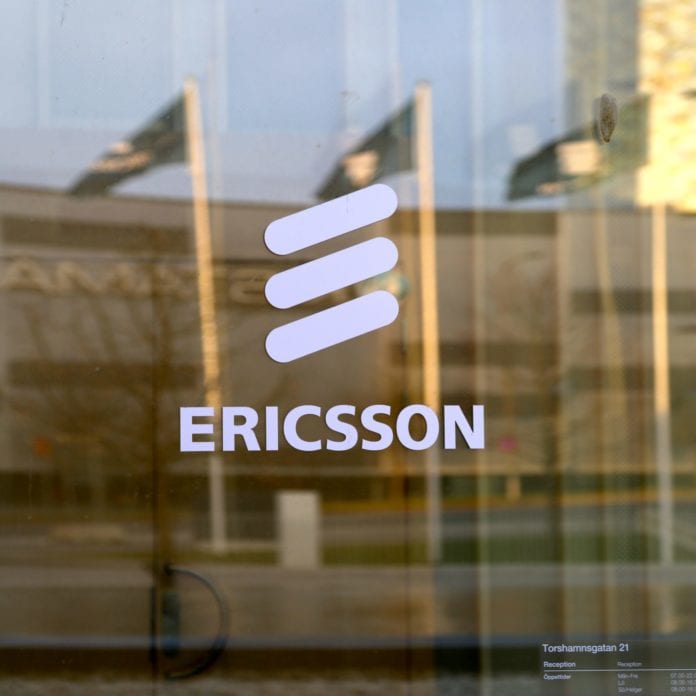As standardization continues, major telecommunications network infrastructure vendors – primarily Ericsson, Nokia, Huawei, ZTE and Samsung along with their suppliers –are racing to not only help guide the standards setting process, but to develop a “5G” portfolio that will enable operator customers to quickly launch and monetize the next generation service.
To get a better understanding of how vendors are working with global service providers to set the stage, consider how Ericsson is aggressively approaching the emerging market. The company, which last year got rid of then-CEO Hans Vestberg, predicts 5G will ultimately have a $1 trillion-plus economic impact; in the U.S. alone, Ericsson research suggests “telecom operators who address industry digitalization” could realize potential revenue of $582 billion by 2026, with the manufacturing and energy/utilities industries representing “the biggest opportunity for revenues created or enhanced by 5G.”
Let’s take a look at five operator partnerships to better understand how Ericsson is helping customers enable 5G use cases and, in turn, tap into new business lines and earnings.
SoftBank
In Japan, Ericsson is building on work begun in August 2016 with technology conglomerate SoftBank to further test 5G. The two companies have already tested 5G in the 4.5 GHz and 15 GHz bands; the latest planned test will be conducted in the 28 GHz band. Ericsson is providing a millimeter wave test bed solution, which the company says includes base station and prototype devices compatible with advanced massive multiple-input/multiple-out antenna technologies.
Chunghwa Telecom
In Taiwan, Chunghwa Telecom, the nations largest provider of wireline, wireless and enterprise connectivity, recently signed a wide-ranging memorandum of understanding with Ericsson that articulates identifying 5G use cases in target verticals including transportation and utilities; developing a partner ecosystem with academia, government, industry and enterprise stakeholders; and transitioning from LTE-Advanced to 5G.
Chunghwa’s Mobile Business Group President Yuan-Kuang Tu said the agreement delivers “a combination of our network management know-how and Ericsson’s strong technological power. The two companies will lead network evolution by introducing advanced technologies.”
NTT DoCoMo
Also in Japan, seen as a leading market for early 5G trial and commercial deployments, NTT DoCoMo is working with Ericsson and U.S. chipmaker Qualcomm on “interoperability testing and over-the-air field trials” in the 4.5 GHz and 28 GHz bands. All three companies are active in the Third Generation Partnership Project-led standardization process of 5G New Radio. According to Ericsson, “The trials intend to drive the mobile ecosystem toward rapid validation and commercialization of 5G NR technologies at scale, enabling timely commercial network launches based on 3GPP [Release] 15 standard compliant 5G NR infrastructure and devices.”
In addition to massive MIMO, this set of trials will also include “adaptive self-contained TDD, scalable OFDM-based waveforms to support wider bandwidths, advanced coding and modulation schemes, and a new flexible, low-latency slot structure based design.”
Vodafone
In partnership with Ericsson and Qualcomm, Vodafone is testing next-generation mobile in the United Kingdom. Working toward multigigabit per second throughput, target use cases include virtual and augmented reality and advanced cloud-based services. Tests are planned for sub-6 GHz bands and are based on 5G NR specifications.
5G has been marked by cross-industry collaboration, which Ericsson SVP and Chief Strategy and Technology Officer Ulf Ewaldsson touched on in discussing the joint testing. “To speed up commercialization of the global 3GPP 5G standard, we continuously work with leading operators and ecosystem players in 5G to enable global scale and drive the industry in one common direction.”
Telstra
Australian operator Telstra, along with Ericsson and Qualcomm, are further validating 5G NR specifications including MIMO antennas “with adaptive beamforming and beam tracking techniques to deliver robust and sustained mobile broadband communications at the higher frequency bands, including non-line-of-sight … environments and device mobility.” The goal is to get a better understanding of millimeter wave propagation characteristics in a mobile environment.
The three companies, with the addition of partner Netgear, earlier this year launched what they billed as the world’s first gigabit LTE network, which supports gigabit per second speeds on the downlink and around 150 megabits per second peak speeds in the uplink. This is made possible with LTE-Advanced specification tech including 4×4 MIMO, three-channel carrier aggregation and 256 quadrature amplitude modulation in the downlink; in the uplink, the network uses 64 QAM and two-channel carrier aggregation.

